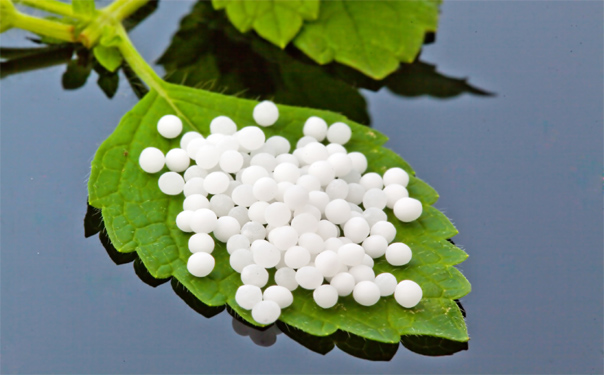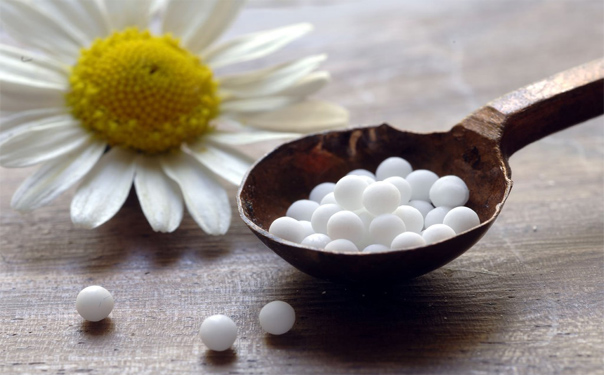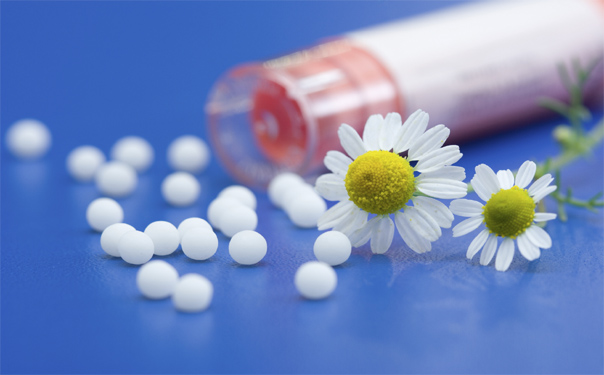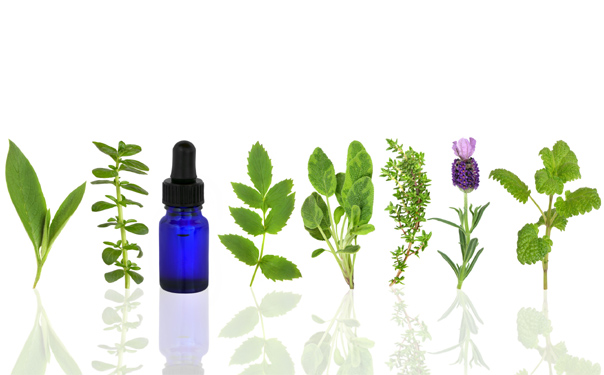About Homoeopathy
In the late 1700s, Samuel Hahnemann, a Physician , Chemist, and Llinguist in Germany, proposed a new approach to treating illness. This was at a time when the most common medical treatments were harsh, such as bloodletting, purging, blistering, and the use of Sulfur and Mercury. At that time, there were very few effective medications for treating patients and knowledge about their effects was limited.
Hahnemann was interested in developing a less-threatening approach to medicine. The first major step reportedly was when he was translating an herbal text and read about a treatment (cinchona bark) used to cure malaria.
He took some cinchona bark and observed that, as a healthy person, he developed symptoms that were very similar to malaria symptoms. This led Hahnemann to consider that a substance may create symptoms that it can also relieve. This concept is called the “similia principle” or “like cures like.” The similia principle had a prior history in medicine, from Hippocrates in Ancient Greece—who noted, for example, that recurrent vomiting could be treated with an emetic that would be expected to make it worse—to folk medicine. Another way to view “like cures like” is that symptoms are part of the body’s attempt to heal itself—for example, a fever can develop as a result of an immune response to an infection, and a cough may help to eliminate mucus—and medication may be given to support this self-healing response.
Hahnemann tested single, pure substances on himself and, in more dilute forms, on healthy volunteers. He kept meticulous records of his experiments and participants’ responses, and he combines there observations with information from clinical practice, the known uses of herbs and other medicinal substances, and toxicology, eventually treating the sick and developing homeopathic clinical practice.
Hans Burch Gram, a Boston-born doctor, studied homeopathy in Europe and introduced in to the United States in 1825. European immigrants trained in homeopathy also made the treatment increasingly available in America. In 1835, the first homeopathic medical college was established in Allentown, Pennsylvania. By the turn of the 20th century, 8 percent of all American medical practitioners were homeopaths, and there were 20 homeopathic medical colleges and more than 100 homeopathic hospitals in the United States.
In the 1960s, homeopathy’s popularity began to revive in the United States. According to a 1999 survey of Americans and their health, over 6 million Americans had used homeopathy in the preceding 12 months. The World Health Organization noted in 1994 that homeopathy had been integrated into the national health care systems of numerous countries, including Germany, The United Kingdom, India, Pakistan, Sri Lanka, and Mexico. Several schools of practice exist within homeopathy.




